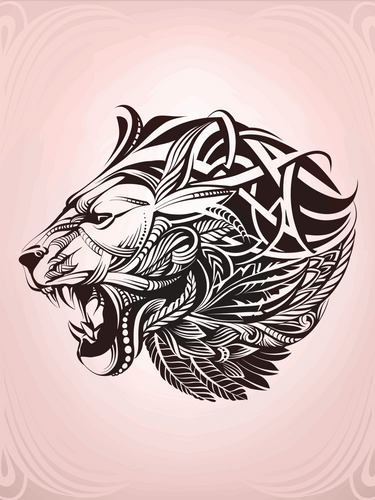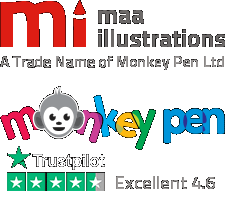Technical illustration as a career provides a unique and fulfilling path for artists with a passion for precision, attention to detail, and an appreciation for visual storytelling. As technical illustrators, these individuals bridge the gap between complex technical concepts and understandable visual representations. Their work is critical in a variety of industries, from engineering and architecture to health and manufacturing, contributing to improved understanding, effective communication, and efficient procedures. In this article, we will look at the essence of technical illustration as a career, the abilities required, prospective applications, and the tremendous effect of technical illustrators in the modern world.
At its foundation, technical illustration is the skill of converting complex technical information into clear, concise, and visually appealing visuals. Technical illustrators use their artistic skills to generate comprehensive diagrams, schematics, and images that clarify complex machinery, scientific processes, architectural designs, and medical procedures. By graphically presenting technical information, these specialists help experts and non-experts alike understand complex concepts more easily, enabling informed decision-making and efficient problem-solving.
Skills and Qualities of a Successful Technical Illustrator:
Becoming a competent technical artist requires a specific set of abilities and qualities. Technical illustrators must be artistically skilled in order to create accurate and visually appealing illustrations. Mastery of many artistic styles and digital illustration tools is required. Technical knowledge is essential. Technical illustrators must understand the technical principles, vocabulary, and terminology specific to their field of specialisation. Precision and attention to detail are essential in technical illustration. Illustrators must guarantee that their graphics accurately represent the technical knowledge, leaving no space for confusion or misinterpretation. Problem-Solving Skills: Technical illustrators address visual problems. They must analyse complex technical knowledge and determine the most efficient visual approach to present it to the intended audience. Communication Skills: Understanding project requirements and creating illustrations that satisfy specific demands requires effective communication with clients, engineers, scientists, and other specialists.
Potential Applications of Technical Illustration:
Technical illustration's adaptability opens access to a wide range of professional opportunities. In the engineering and manufacturing industries, technical illustrators create illustrations for technical manuals, assembly instructions, and product documentation. Technical illustrators help architects and builders visualise architectural designs, building blueprints, and construction details. Medical and healthcare technical illustrators make images of anatomical features, surgical processes, and medical technology for educational and instructional purposes. Technical illustrators contribute to scientific papers by portraying complex scientific concepts and discoveries for a wider audience. The illustrators in the aerospace and defence industries generate illustrations for aircraft assembly, maintenance manuals, and defence equipment.
The Impact of Technical Illustrators:
Finally, technical illustration as a profession combines creative creativity with technical ability, making it a fulfilling and necessary calling in today's information-driven environment. Technical illustrators boost industries and communication by bringing complicated concepts to a wider audience through their precision, attention to detail, and visual narrative. As experts in visual communication, technical illustrators continue to shape the future of various sectors, leaving a lasting impact on the way we perceive, understand, and interact with technical information.






